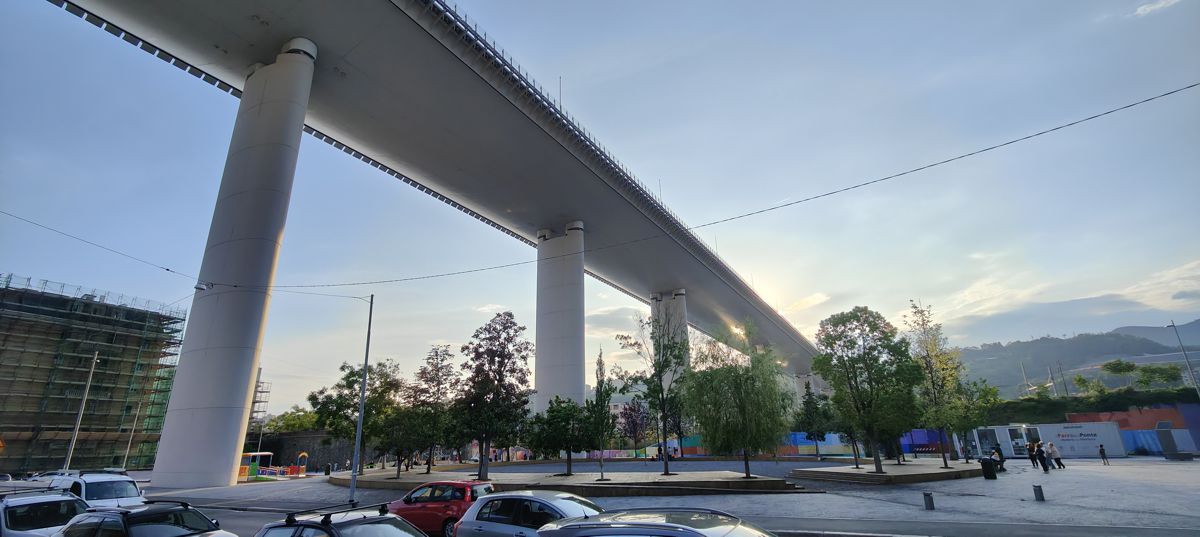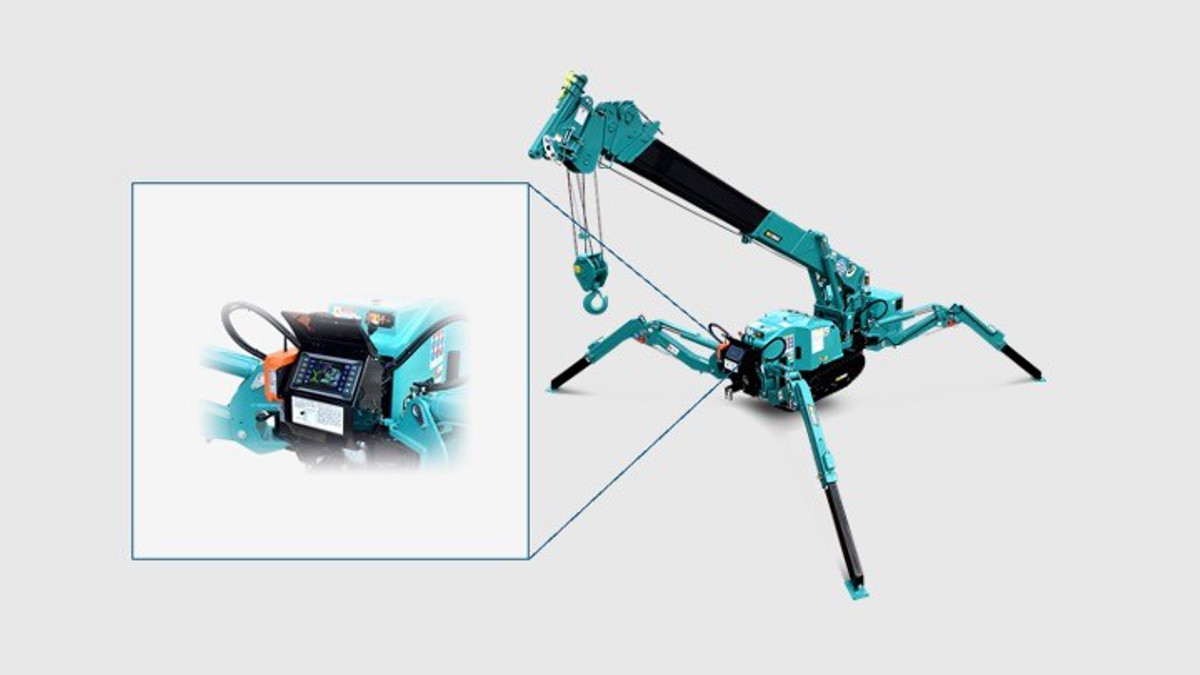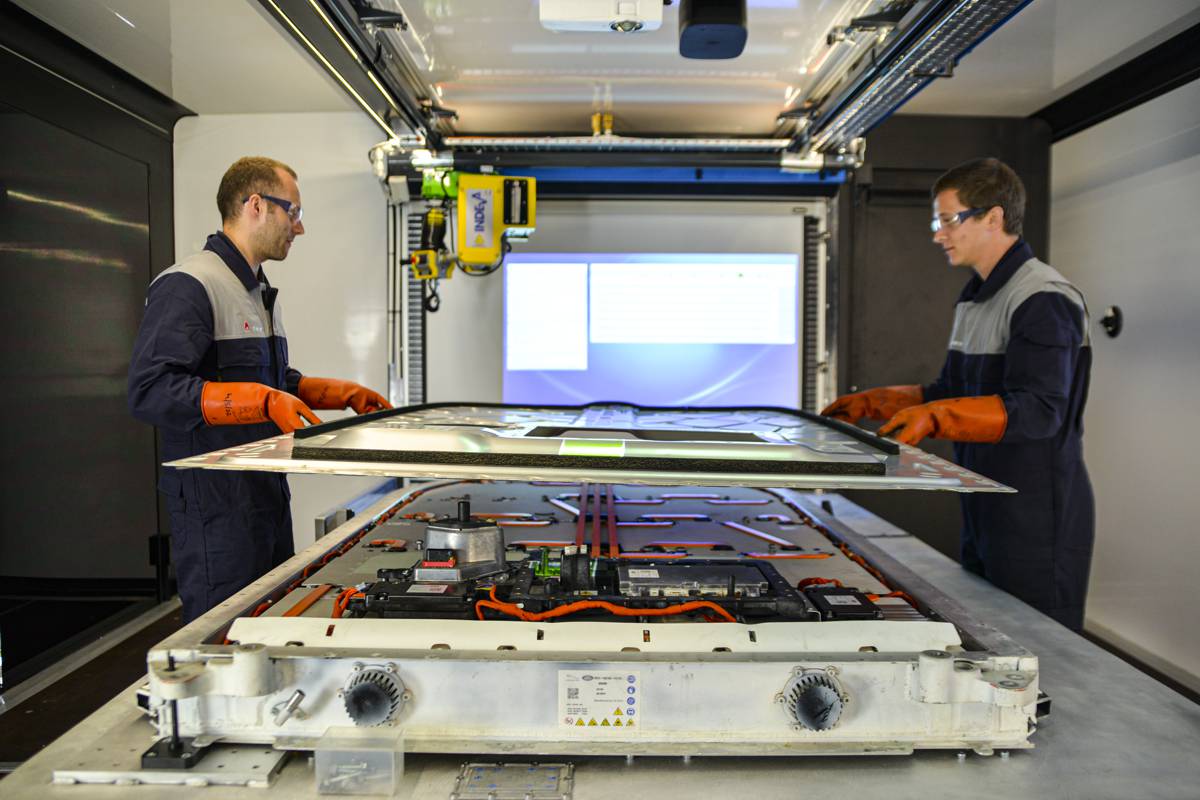INTERMAT Construction Observatory flags €1,600 billion projects in EMEA
INTERMAT, the international trade show for the construction and infrastructure sector, has unveiled its first Construction Industry Observatory, a report produced in association with French government agency Business France. The report will facilitate stronger bonds with market players. It provides construction-equipment manufacturers with strategic data on 12 countries in the EMEA zone, handpicked for their planned investment levels in infrastructure, public works and buildings, which total €1,600 billion in the next 30 to 40 years.
“INTERMAT 2018 is the exhibition for the economic recovery and technological innovation in the construction sector. The Europe, Middle East and Africa zone [EMEA] that we cover holds a wealth of opportunities for companies in the sector. With the INTERMAT [Construction Industry] Observatory, we are offering all our partners an up-to-date working tool to support them in their development plans in high-potential markets,” explains Isabelle Alfano, Exhibition Director.
Designed as a working tool to support the growth of companies in the sector and produced in association with Business France, the French government’s agency for export support and inward-investment promotion, the report analyses each country’s domestic investment plans, both ongoing and forward-looking (2025-2030).
The INTERMAT Construction Industry Observatory is divided into application sectors — airports, buildings, railways, mining and quarries, ports, roads, as well as transport — and offers an overview of the major projects, the cross-border flows of construction equipment (imports and exports), and the foreign corporate names established in each country.
An insight into the main findings of the INTERMAT Construction Industry Observatory is given here (see below): in all, infrastructure projects across a range of sectors and in the three continents of the EMEA zone total a mammoth €1,600 billion for the next 30 to 40 years.
Europe to spend €925bn on key infrastructure projects up to 2050
In Europe, €925 billion of investment is planned between now and 2030-2050. The six European countries studied in the report — Belgium, France, Germany, Italy, The Netherlands and the United Kingdom — have slated €925bn of projects, running up to 2030 for some, and 2050 for others. Based on the master plans sourced, Germany tops the list (€287bn up to 2030), followed by Italy (€223bn) and the UK (€167bn).
France is in fourth place with €139bn, while €63bn is earmarked for spending in The Netherlands and €42bn in Belgium. The Grand Paris and the Grand Paris Express development plans constitute the headline projects for the next 15 years in Europe, with €67 billion of investment in the pipeline. The sectors offering the highest development potential for industry players are, in descending order: roads, railways and buildings.
Africa has €307bn earmarked for infrastructure investment up to 2040
The potential for business is also considerable in Africa, where €307 billion of investment is planned between now and 2040. The four African countries studied — two in the Maghreb (Morocco and Algeria) and two in sub-Saharan Africa (Ivory Coast and Kenya) — account for €307.2bn of investment between now and 2040.
Algeria (€183.7bn) and Morocco (€87.8bn) feature the biggest investment plans to 2030. The sectors offering the highest development potential for construction firms are road and rail, followed by buildings and ports. Among the region’s most noteworthy projects, the INTERMAT Construction Industry Observatory highlights several.
In Algeria, the construction of 1.6 million dwellings is expected between now and 2019 (€20bn), together with the construction of the fourth southern bypass around the capital, Algiers. In Morocco — and due to extend across North Africa — the construction of a high-speed railway line is to start: it will run for over 2,000 kilometres from Morocco in the west to Tunisia in the east, and across Algeria.
In West Africa, French-speaking Ivory Coast is planning to develop the port of San Pedro (€1.3bn) while, in East Africa, English-speaking Kenya is launching its Standard Gauge Railway Project (€7.35bn), the country’s most substantial infrastructure project since it gained independence from Britain.
Middle East has €239bn of investment planned up to 2033
The two Middle Eastern countries featured in the report, the United Arab Emirates (UAE) and Qatar, plan to invest a total of €239.3 billion between now and 2033. Qatar’s investment plans exceed the UAE’s, with €137.2bn and €102bn respectively. Here, the two most promising sectors are buildings and roads.
Among the region’s flagship projects, the INTERMAT Construction Industry Observatory has identified several that are of particular interest. In the UAE, road improvements in Dubai and Abu Dhabi (€733 million) are highlighted in the report. Meanwhile, in Qatar, two projects stand out: the Smart City of Lusail (€40bn, with delivery due in 2020-2022) and the road drainage programme (€15bn to €20bn).















